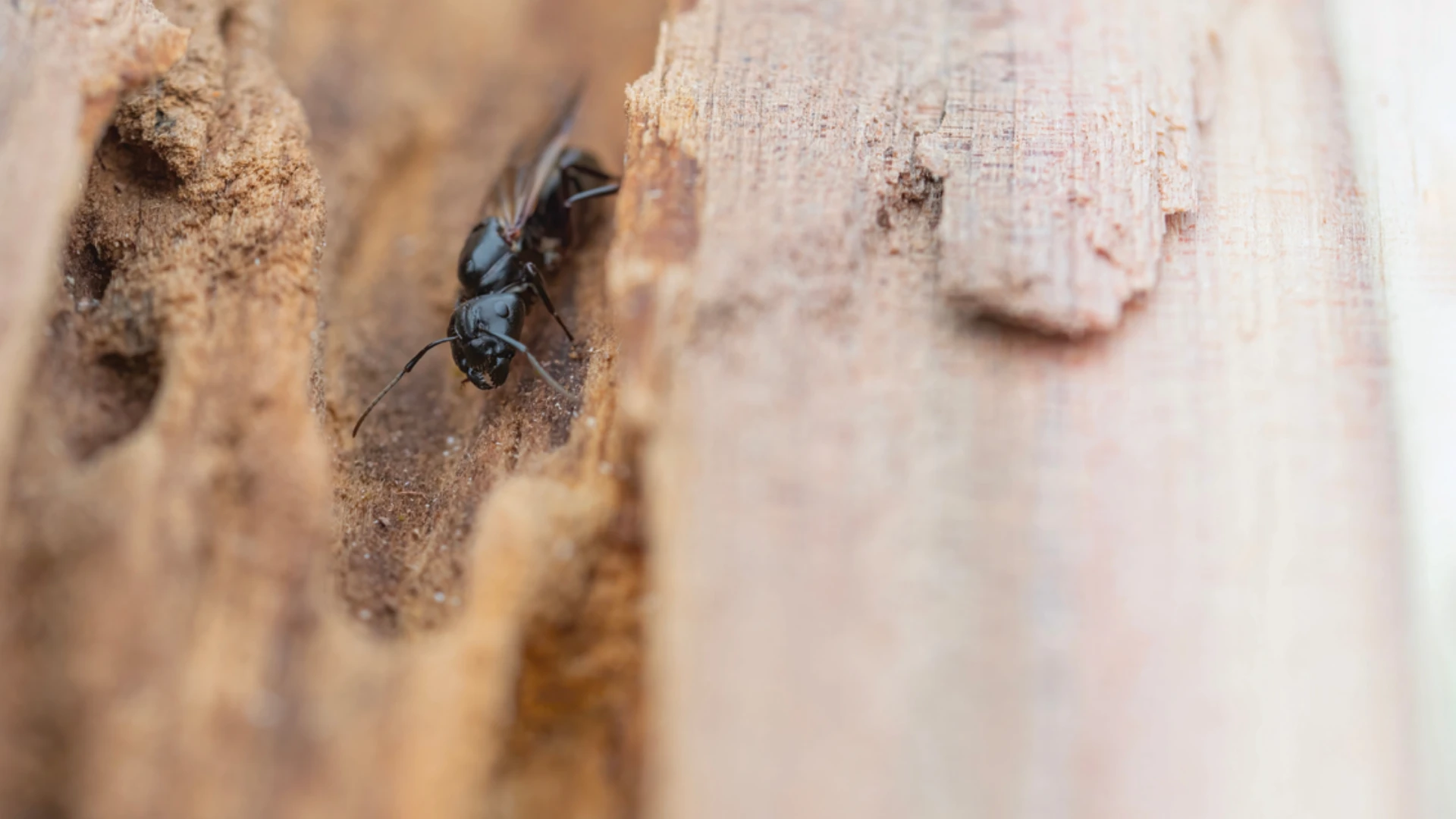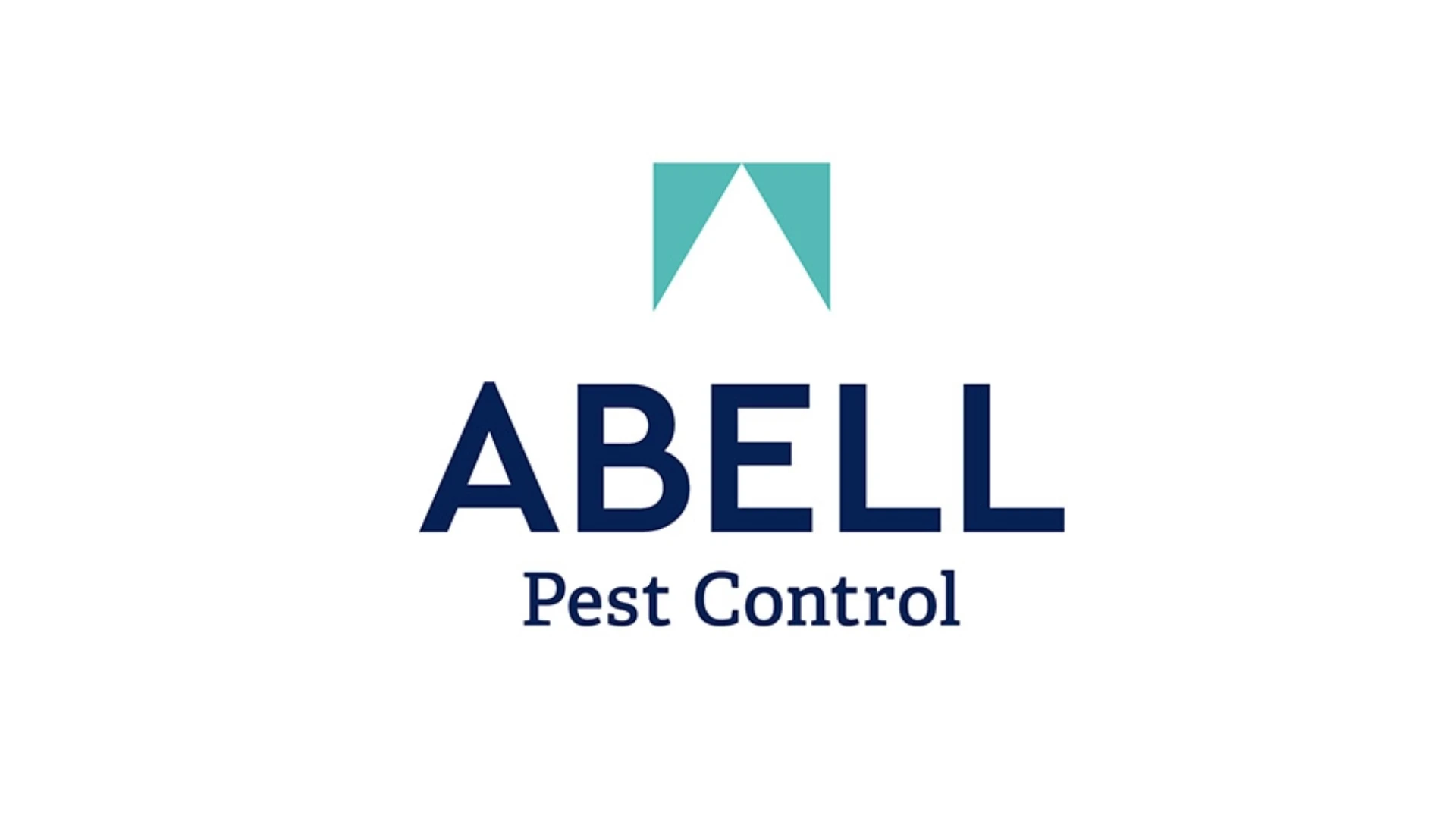
Editor’s note: This article originally appeared in a PCT e-newsletter titled “Targeting Ants,” which was sponsored by Rockwell Labs Ltd.
When it comes to wood damage caused by an insect, the first thing that comes to mind for most consumers and pest management professionals is termites. After all, when you are the reason behind $5 billion in annual damage (according to the National Pest Management Association), you tend to garner a lot of attention.
There is another insect pest, however, that is no shrinking violet when it comes to damaging wood inside structures: the carpenter ant.
Carpenter ants target moist, rotting wood or other soft materials such a plastic insulation board in a structure, leaving their primary nests in logs, firewood, stumps and hollow trees in search of food. Oddly, they do not eat the wood they infest but prefer living and dead insects, meat, fats and sugary foods, including honeydew and nectar from plants.
Even though they do not eat the wood (they leave sawdust-like deposits outside entry holes) the hollowed-out tunnels carpenter ants create weaken its structural integrity. The damage caused is often hard to identify and can be costly for the homeowner to repair.
Carpenter ants are a deliberate pest that can take several years to establish a colony and cause damage to wood in a structure. But once established, a colony can grow quickly and number well into the thousands.
Steve Buono, chief operating officer of Buono Pest Control in Belmont, Mass., in suburban Boston, says the key to keeping carpenter ants in check is prevention.
“Carpenter ants will take advantage of any structural deficiencies in a home to gain access and establish a satellite nest,” says Buono. “Both the PMP and the customer share a responsibility for identifying and correcting these deficiencies.”
Buono says a thorough inspection of the structure to identify weak spots that could give carpenter ants an opening is a must for PMPs. Backed-up gutters and downspouts; missing flashing around doors and windows, chimneys and eaves; and damaged roofing can allow moisture to build up, damage wood and create an ideal opportunity for carpenter ants to move in and exhibit their destructive behavior.
“Correcting all the structural deficiencies is important or they will simply identify the next weak spot and infest wood in another area of the home,” says Buono. “Don’t restrict your inspection to the ground level since carpenter ants often access a structure by traveling on tree branches and entering through hard-to-see openings on the roof, gutters or upper floor windows.”
In addition to a comprehensive inspection of the structure and surrounding property, PMPs should take steps to educate residential clients. Sharing information on how to help prevent conditions that favor carpenter ants will contribute to the success of the overall management program. Pest management professionals can share the following tips with homeowners to help lessen the risk of a carpenter ant infestation:
- Carpenter ants need a constant water source to survive. Eliminate moisture or standing water on your property and consider using a dehumidifier in crawlspaces, basements and attics that are prone to dampness.
- Keep tree branches and other plants cut back from structures — carpenter ants (and other pests) use branches to gain access to a home.
- Fill any gaps or cracks on the outside of the home with silicone caulk.
- Store firewood and other wood building materials at least 20 feet from your home, and at least 5 inches off of the ground.
- Watch for the appearance of small openings or unexplained sawdust.
Buono says his company uses a broad array of treatment options including baits, dusts and traditional pesticide applications to treat for carpenter ants but that a proactive approach to deny access in the first place is the preferred method.

Explore the May 2018 Issue
Check out more from this issue and find your next story to read.
Latest from Pest Control Technology
- Rose Pest Solutions Becomes Official Pest Provider of Chicago Fire FC
- WSPMA Hosts Legislative Day at Washington State Capitol
- A-1 Pest Control Marks 59 years in Business
- Hawaii PCO Shares Regulatory Challenges, Business Impacts from Lahaina Wildfires
- 5 Tips for Reducing Waste in the Office and in the Field
- OvoControl Now Available in Chile
- Envu Announces Savings Programs for Pest Management Professionals
- Follow the Trail





